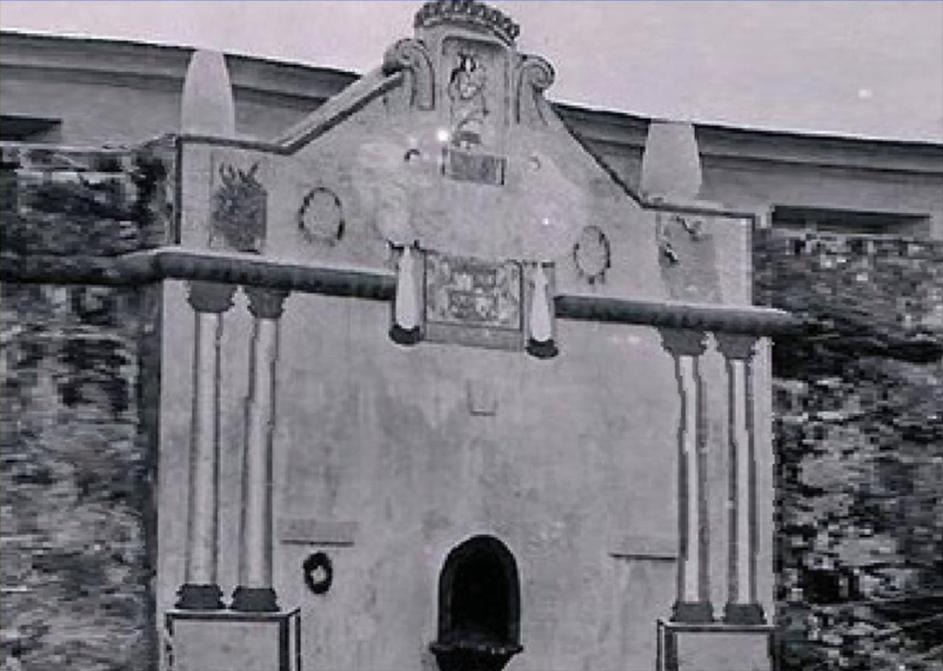THE SIEGE OF FORT PILAR AND THE ZAMBOANGA REPUBLIC
18 May 1898
Zamboanga City

A Leader Assigned
Some of the last garrisons of the Spanish in the Philippines were found in Mindanao. Throughout the 1860s to 1890s, the Colonial Government mounted a series of campaigns to bring the Islamic sultanates of Mindanao and their vast territories under the power of the Spanish Crown. Their primary base in their campaigns against the communities in the Sulu Sea was the Port of Zamboanga.
As the rest of the Philippines was liberated from Spanish rule, Zamboanga remained steadfastly loyal to the Crown. Unbeknownst to the Europeans, the Filipino nationalists in the city were themselves organizing to overthrow the colonial power and wrest control of the city and its strategic port for the new Filipino nation.
Leading the charge was a prominent administrator whose long history of service to the Spanish left them unsuspecting to his role as the leader of the Katipunan in the region. Vicente Alvarez was born in Magay, Zamboanga. He took up studies in Manila and served in Malacanang under the Governor General. It was during his time in Manila that he became a member of the Katipunan but was discovered in 1896. Instead of execution, he was instead sent to Sulu to mediate between warring factions in the crisis of succession in the sultanate. In recognition of his role, he was recognized as a marshal of camp of the Sultan and given a formal role in the government.
Last Bastion
He returned home in 1898 to organize the revolutionaries in Zamboanga where he was elected as commander. The force he gathered reflected the various ethnic and cultural communities that comprised Zamboanga and they soon took control of most of the peninsula except for the city, the port, and Fort Pilar.
The 17th Century Fort Pilar was the final bastion of Spanish power in the Philippines. Personally leading the the garrison was General Diego de los Rios, Governor-General of the Spanish Philippines, who evacuated from the previous capital, Iloilo, after the successes of Martin Delgado and other Visayan revolutionaries. The revolutionaries had good luck in obtaining weapons from gunrunners in the area and assaulted Fort Pilar near Santa Barbara. The strong Spanish defenses were flanked by the Filipinos using native fishing boats, landing behind the prepared trenches. Further confusion came from the razing of the village by revolutionary forces after the civilian evacuation to cover their advance against the spread-out Spanish.
Continuing Defense
In view of the overwhelming conditions, de los Rios ordered his men into the Fort where the battle transitioned into a siege from March to May 1899. The siege was periodically paused for truces and peace negotiations where most of the Spanish civilians were allowed to leave. Continuous movement by the Filipino forces outmaneuvered the Spanish who were surprised to find prepared positions in the vicinity of the Fort.
De los Rios accepted the futility of further resistance and surrendered to Alvarez on 17 May 1899. The surrender was peaceful and respectful on both sides. Later in the day, Secretary of War Baldomero Aguinaldo arrived in Zamboanga with the order from President Aguinaldo that promoted Alvarez to the rank of General in the Philippine Republican Army. He was also proclaimed as the First President of the Republic of Zamboanga.
